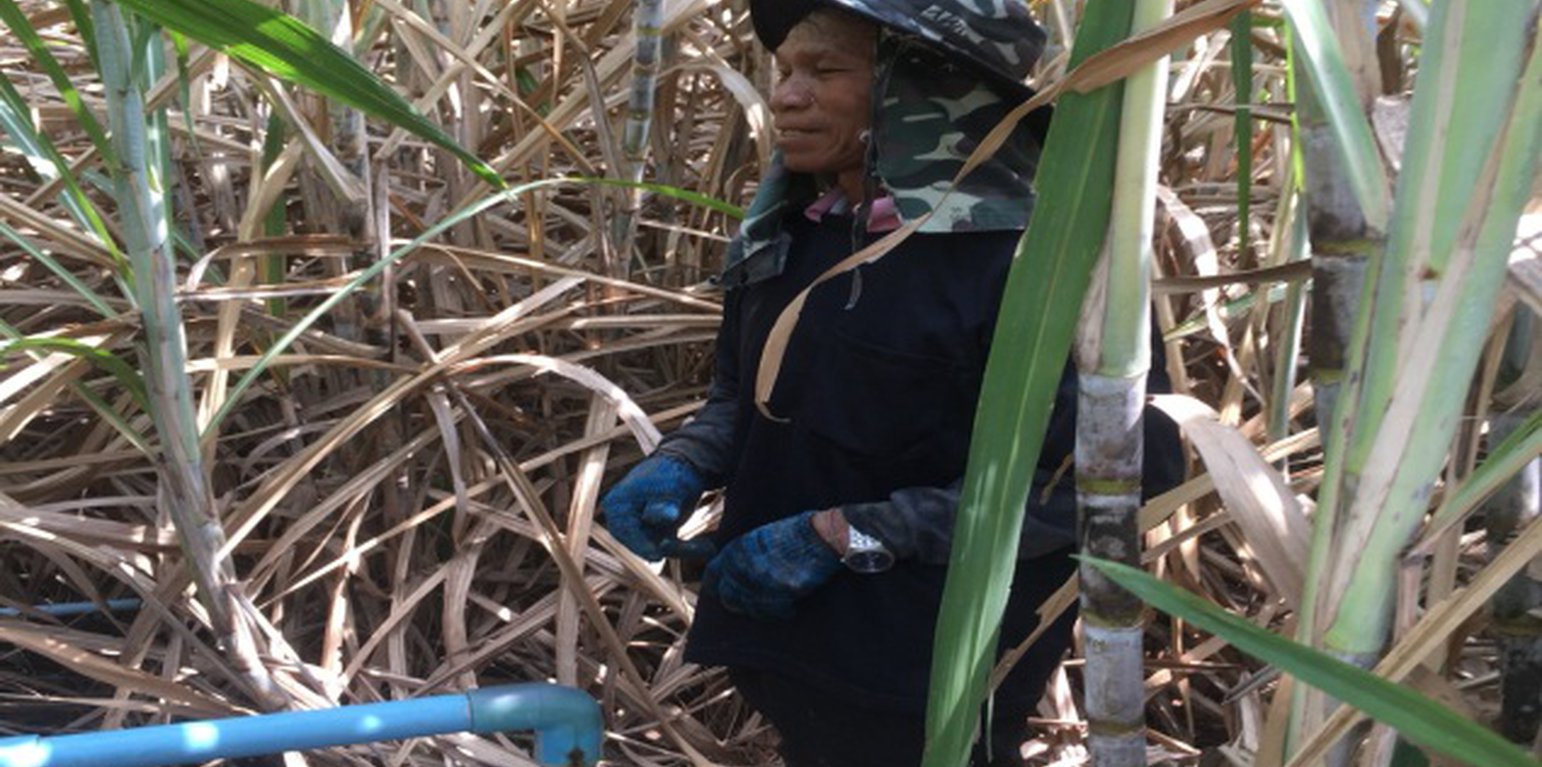



The shallow well is a structure created in the ground by digging or drilling to access water resources. This example of shallow wells is their use in recharge areas to lower groundwater tables. The technology is a subproject of a larger LDD initiative. The technology has been promoted by the Land Development Department at Bua Yai district Nakhon Ratchasima province since 2014. The objectives of the main project are (1) to provide water resources in recharge areas for agriculture: (2) to reduce the amount of saline groundwater and (3) to set up positive economic impact measures.
The process of technology establishment comprises 1) a recharge area survey in salt-affected areas, 2) drilling shallow wells to 25-30 meters depth, 3) installing 5.5 hp gasoline pumps and testing water quality, 4) pumping groundwater and distributing it to the cultivated areas.
Shallow well technology has been implemented on the fields of Mr. Boonchu Supho, Ban Nong Mek, Moo 9, T.Dan Chang, A. Buayai, Nakhon Ratchasima Province. Mr. Boonchu Supho has 21 rai (approx. 3.4 hectares), undulating area with a 2-5% slope, situated at approx. 200 meters above sea level, with a tropical climate, and soil which is classified as being in the series of Kula Ronghai (Ki). This area is upland, and located in the recharge area. Mr. Boonchu Supho has 13 rai (approx. 2 hectares) of lowland rice fields and one shallow well.
In the past, water scarcity was the main issue with his land. Droughts resulted in water scarcity and low productivity. After excavating a shallow well in 2014, groundwater was used for 19 rai of cultivation. Due to soil salinity reduction, rice yields increased to 590 kg/rai (approx. 3700 kg/ha: an increase of approx. 47.4%). Sugar cane yield increased to 30 ton/rai. Moreover, land users can use land more efficiently with mixed plantations of banana, pineapples, sweet bamboo, chilies, galangal and lemongrass to generate income. Even with a drought in 2018, his land had enough water for cultivation, while rice fields in the surrounding area faced water scarcity problem.
In conclusion, the benefits of the shallow well are 1) lowering the groundwater table and reducing salinity, 2) enhancing rice and sugar cane yields, 3) ability to cultivate throughout the year and 4) better soil properties and a better environment. However, the disadvantage of the shallow well is that farmers have to pay for electricity (around 1,200 THB/ 9 months or 10,800 THB/year).
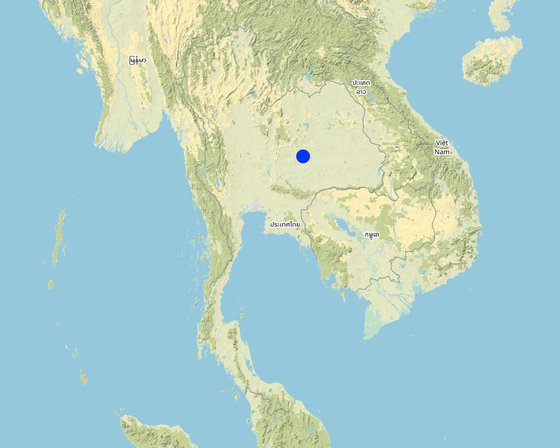
Location: Ban Koksa-ard Moo 10 T.Danchang, A.Buayai, Nakhon Ratchasima, Thailand
No. of Technology sites analysed: single site
Spread of the Technology:
In a permanently protected area?:
Date of implementation: 2014; less than 10 years ago (recently)
Type of introduction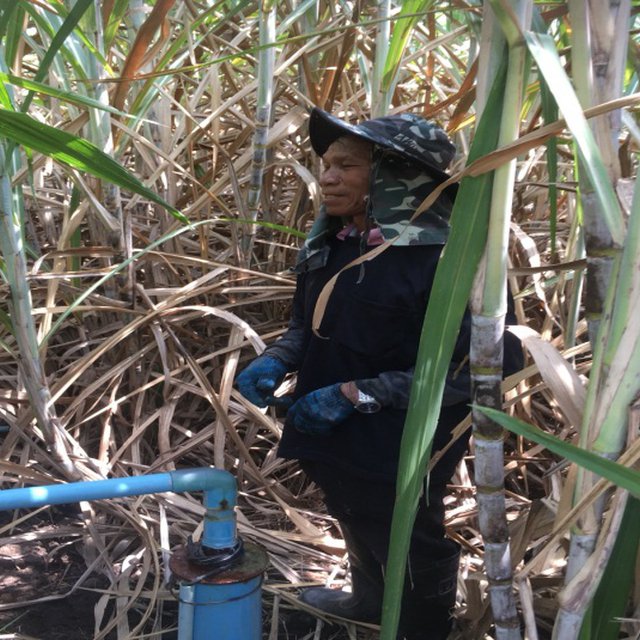
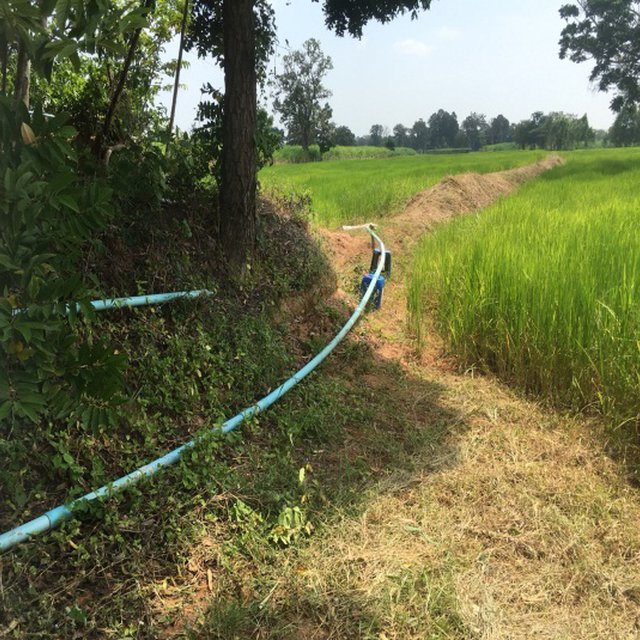








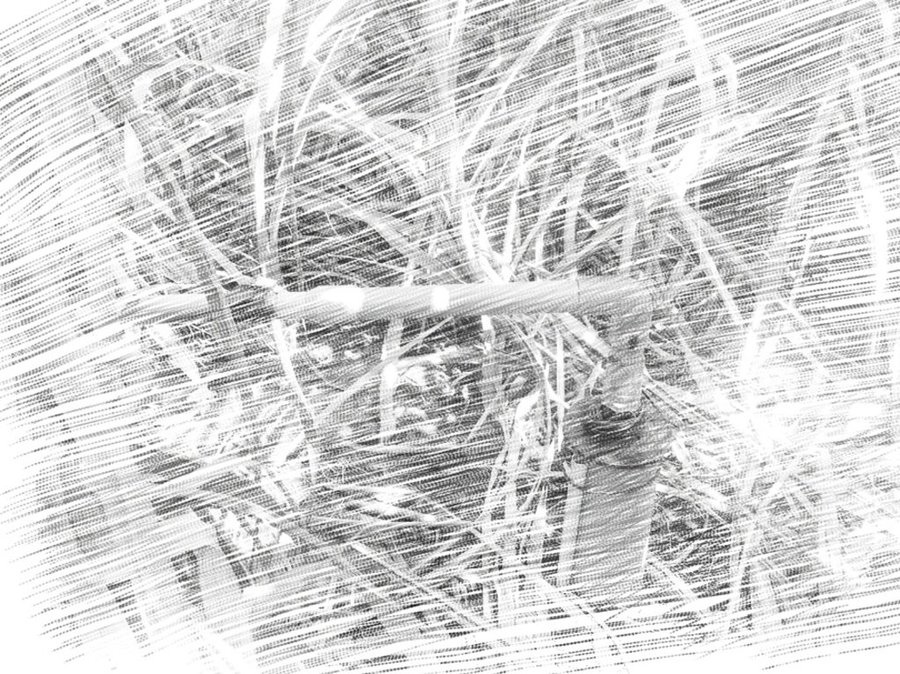
| Specify input | Unit | Quantity | Costs per Unit (THB) | Total costs per input (THB) | % of costs borne by land users |
| Labour | |||||
| Costs of labor for sugarcane cultivation | puddle | 1.0 | 2500.0 | 2500.0 | |
| Costs of labor for rice cultivation. | rai | 13.0 | 1150.0 | 14950.0 | |
| Costs of labor for sugar cane cultivation. | rai | 1.5 | 1200.0 | 1800.0 | |
| Costs of labor for pineapple cultivation. | rai | 1.0 | 1200.0 | 1200.0 | |
| Equipment | |||||
| Costs of labor for Banana cultivation | rai | 1.0 | 600.0 | 600.0 | |
| Costs of labor for Papyrus cultivation. | rai | 0.5 | 900.0 | 450.0 | |
| Costs of labor for Sweet bamboo cultivation. | rai | 1.0 | 600.0 | 600.0 | |
| Costs of labor for Chilli, galangal, lemon grass cultivation | rai | 1.0 | 900.0 | 900.0 | |
| Cost of shallow water well drilling equipment | puddle | 1.0 | 100000.0 | 100000.0 | |
| Plant material | |||||
| Bud seedling sugarcane | seedling | 2250.0 | 0.9 | 2025.0 | |
| Bud seedling Pineapple | seedling | 2500.0 | 2.0 | 5000.0 | |
| Bud seedling Banana | seedling | 100.0 | 10.0 | 1000.0 | |
| Bud seedling Papyrus | seedling | 3000.0 | 0.2 | 600.0 | |
| Fertilizers and biocides | |||||
| Bud seedling sweet bamboo | seedling | 25.0 | 80.0 | 2000.0 | |
| Bud seedling Chilli, galangal, lemon grass | seedling | 2000.0 | 1.0 | 2000.0 | |
| Seedling rice KDML105 | seedling | 65.0 | 25.0 | 1625.0 | |
| Chemical fertilizer 15-15-15 | kg | 300.0 | 13.0 | 3900.0 | |
| Chicken manure | kg | 2000.0 | 2.0 | 4000.0 | |
| Other | |||||
| Electricity charge | hr | 240.0 | 5.0 | 1200.0 | |
| Machinery | rai | 19.0 | 500.0 | 9500.0 | |
| Total costs for establishment of the Technology | 155'850.0 | ||||
| Total costs for establishment of the Technology in USD | 155'850.0 | ||||
| Specify input | Unit | Quantity | Costs per Unit (THB) | Total costs per input (THB) | % of costs borne by land users |
| Equipment | |||||
| electricity charge,5 baht per unit 8 hours per day, 360 days / year | time | 2880.0 | 5.0 | 14400.0 | |
| Machinery | time | 1.0 | 2000.0 | 2000.0 | |
| Total costs for maintenance of the Technology | 16'400.0 | ||||
| Total costs for maintenance of the Technology in USD | 16'400.0 | ||||